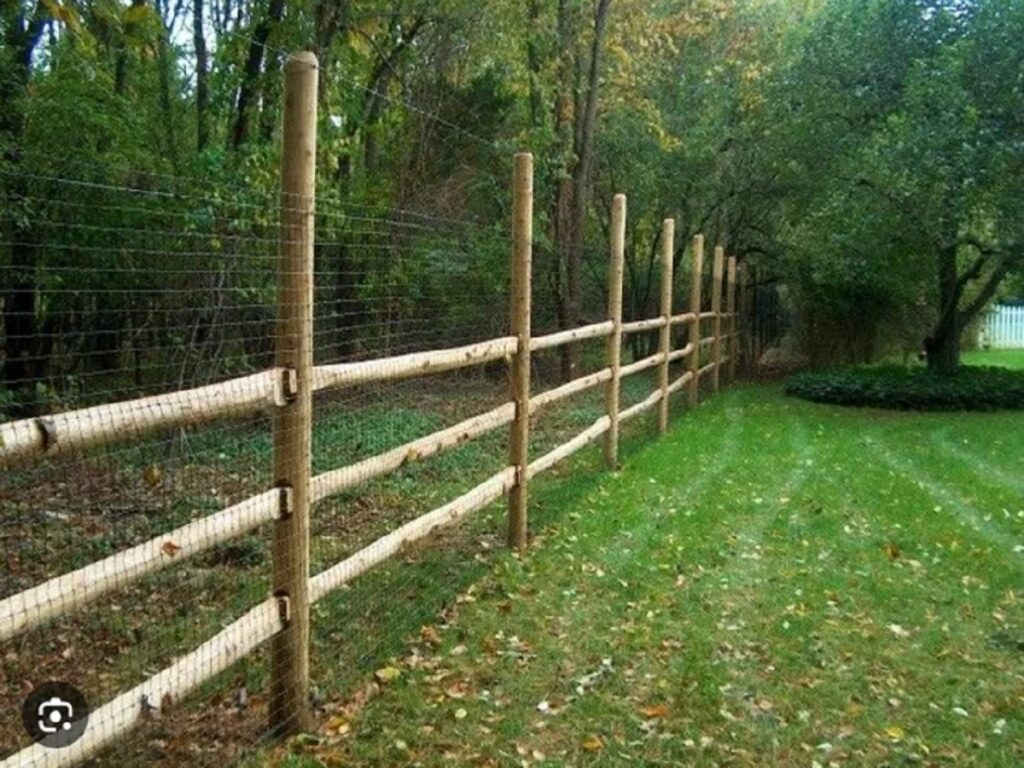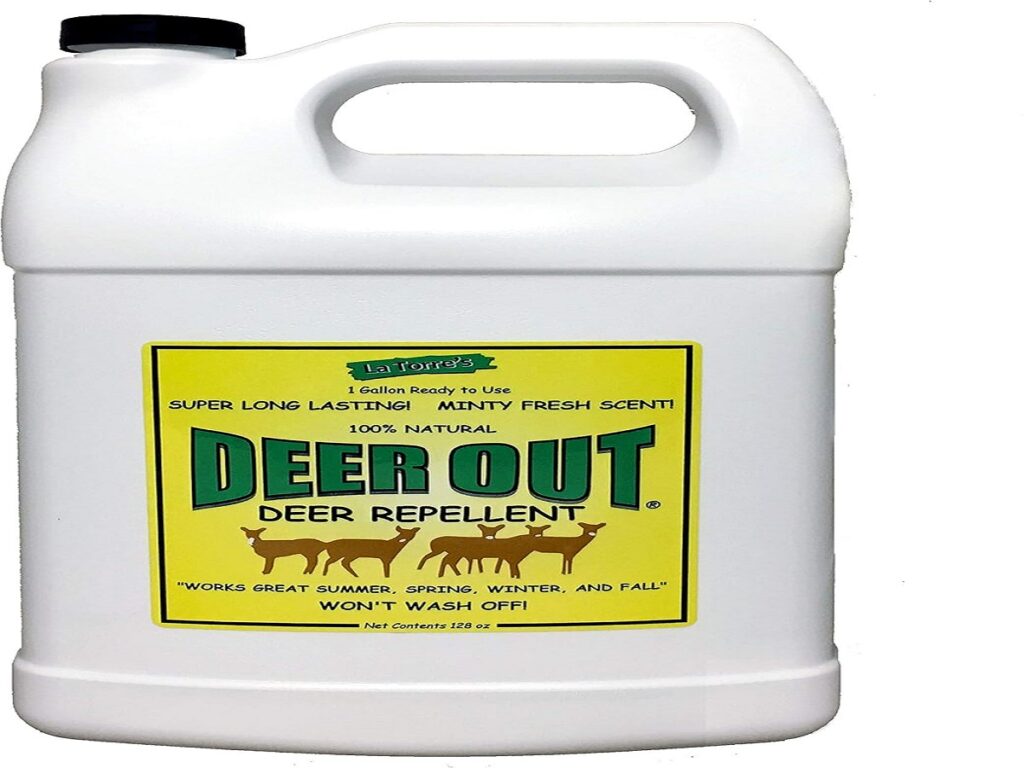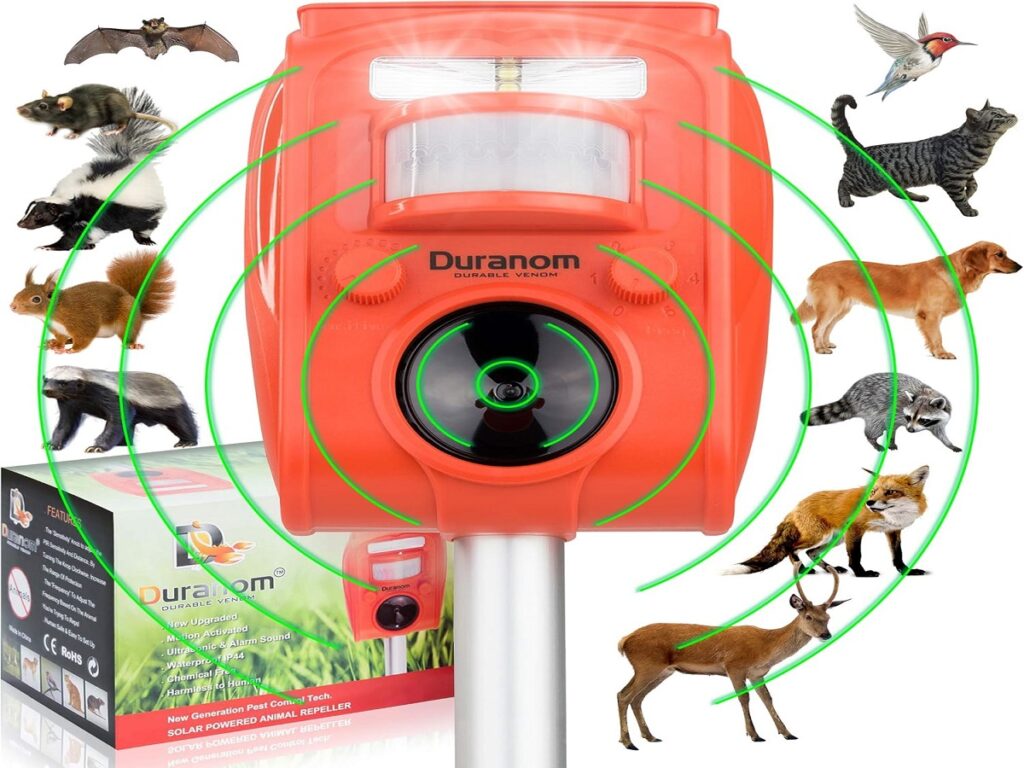Deer may look gentle, but to gardeners, they can be relentless thieves. From roses to lettuce, they devour tender growths overnight, leaving frustration in their wake. Keeping them away requires more than luck; it takes strategy. Thankfully, there are proven, humane ways to protect your garden without harming wildlife. Whether you’re cultivating vegetables, flowers, or fruit trees, these six methods have stood the test of time and proven effective across countless backyards and farms.
1. Build a High, Sturdy Fence

One of the most reliable defenses against deer is a tall, well-built fence. Deer can easily leap over barriers under six feet, so experts recommend constructing fences at least eight feet high. Wood, wire mesh, or polypropylene fencing are durable options. To boost effectiveness, angle the top outward or install a double fence about four feet apart, which confuses deer’s depth perception. Fencing takes effort and investment, but when properly built, it offers long-term protection for everything from tomatoes to tulips without the need for chemicals or constant maintenance.
2. Use Scent-Based Repellents

Deer rely heavily on their sense of smell, so disrupting it is an excellent deterrent. Commercial repellents often contain ingredients like garlic, rotten eggs, or predator urine to create unpleasant scents. You can also make your own using a mix of eggs, water, and hot sauce. Reapply every two to three weeks and after rainfall. It’s important to alternate products occasionally so deer don’t adapt to the scent. This method doesn’t harm the animals; it simply convinces them your garden isn’t worth the trouble, helping plants thrive undisturbed.
3. Choose Deer-Resistant Plants

Not all plants appeal to deer. Incorporating deer-resistant species into your landscaping can naturally reduce damage. Strongly scented herbs like lavender, rosemary, and sage repel them, while textured plants such as lamb’s ear and ornamental grasses are less appetizing. Native plants also tend to fare better since local deer have alternative food sources. Though this approach won’t guarantee complete protection, it helps make your garden less inviting overall and works well when combined with fencing or repellent strategies.
4. Install Motion-Activated Deterrents

Modern technology offers a smart solution: motion-activated sprinklers, lights, and noise devices that startle deer when they approach. The sudden sound or spray triggers their flight instinct, teaching them to avoid the area. Systems powered by solar energy are easy to maintain and environmentally friendly. For best results, adjust sensitivity to prevent false alarms and reposition devices periodically to keep deer guessing. These tools work best when integrated with physical barriers or scent-based repellents, forming a multi-layered line of defense.
5. Maintain Regular Human Activity

Deer prefer quiet, undisturbed areas. Simply increasing human presence in your garden can discourage them. Activities like watering plants daily, moving objects around, or playing soft radio sounds make the environment unpredictable. Even placing garden décor, motion flags, or wind chimes can create subtle movement that unnerves deer. This method costs nothing and complements other deterrents effectively. Consistency is key if the area stays active, deer learn it’s unsafe and move on to quieter feeding grounds, leaving your plants in peace.
6. Use Netting and Garden Covers

For smaller garden beds, netting and row covers provide excellent protection. Lightweight mesh or bird netting can shield vegetables and flowers from browsing without blocking sunlight or airflow. Secure the edges to prevent deer from nosing underneath. During peak feeding seasons, especially in spring and late summer, combining netting with repellents adds extra security. These covers are affordable, reusable, and easy to install, making them a practical choice for home gardeners looking for an immediate and non-toxic deer deterrent.
Comments